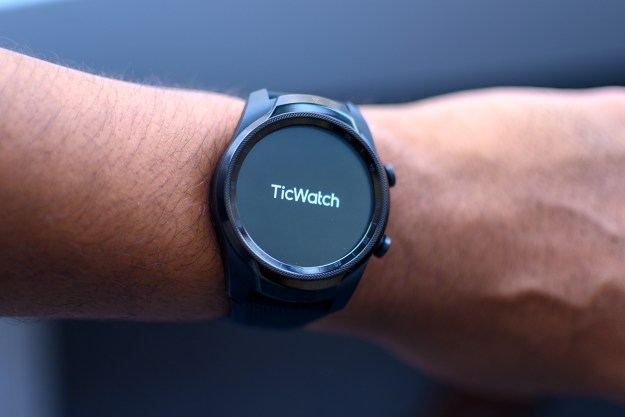
Sprint has been offering 4G mobile broadband service via WiMax in selected markets for a few years now, and while the company (and partner Clearwire) are still struggling to find the money to roll out WiMax service to major markets, they have succeeded in bringing WiMax options to major chunks of the U.S. population, particularly in 2010. However, while WiMax may have enabled Sprint to be first to market with 4G services, the company may not be sticking with it: in comments at this week’s Mobile World Congress in Barcelona, a Sprint executive indicated the company is getting ready to pull the trigger on building out its own LTE 4G network, perhaps as a complement to Clearwire’s existing 4G service.
Speaking with PC World, Sprint senior VP of networks Bob Azzi indicated Sprint’s own spectrum holdings enable it to offer LTE 4G services, but don’t enable the company to support WiMax. Right now, Sprint WiMax service is offered through Clearwire, which has extensive spectrum licenses in the WiMax-friendly 2.5 GHz range. Sprint’s own licenses, conversely, are in the 1900 Mhz and 800 MHz band, which could be leverages to provide LTE but not WiMax.
Clearwire has been struggling to find cash to continue its WiMax build-out, recently rolling out a $1.1 billion debt offering to fund operations after laying off a significant portion of its staff in late 2010. Azzi indicated Sprint intends to remain a WiMax partner with Clearwire in markets where WiMax is already operational.
However, but rather than continuing to invest in Clearwire’s network, Sprint may be looking to leverage its own spectrum licenses to roll out LTE 4G service in additional markets. To support LTE service seamlessly, Sprint would probably have to offer tri-band phones that can support both WiMax and LTE service—and Azzi specifically mentioned triband LTE phones with an additional WiMax radio “velcoed on.” It’s not clear how quickly Sprint could introduce LTE service; the PC World article implies the process would be as simple as installing new hardware and software at existing Sprint facilities.
WiMax and LTE technologies have many similarities, and Clearwire itself has announced it was testing layering LTE service on its existing WiMax network last summer. An ability to offer LTE service in addition to WiMax might help Clearwire’s bottom line: it could presumably lease LTE capacity not only to Sprint, but to other carriers looking to offer LTE service.
Editors' Recommendations
- What is 5G? Speeds, coverage, comparisons, and more
- 5G vs. 4G: How does the newest network improve on the last?
- LTE vs. 4G: The differences explained
- New leaks offer the best look at Google’s Pixel 5 and Pixel 4a (5G) phones
- Mobvoi’s connected Ticwatch Pro 4G LTE takes on Apple and Samsung in the U.K.


